Do you have a question about the Bresser 70/900 NG and is the answer not in the manual?
Addresses risks to children (sun exposure, suffocation) and fire hazards from sunlight.
Covers preventing material damage, temperature limits, and proper cleaning techniques.
Includes guidelines on respecting privacy and proper disposal of materials.
Advice on choosing a suitable location and tightening screws by hand.
Instructions on setting up and extending the tripod legs for stability.
Steps for attaching the accessory tray to the tripod.
Guide on mounting the telescope tube onto the mount head.
Instructions for installing the eyepiece and zenith mirror into the holder.
Steps to mount and align the finder scope with the main telescope.
Instructions on using lens covers to protect the telescope.
Guide on attaching flexible shafts for fine adjustment.
Explains azimuthal and parallactic modes for observation.
Advice on preparing for night observation, including eye adjustment.
Steps for initial setup, including tripod orientation and latitude setting.
How to set the telescope's latitude based on geographical location.
Instructions for aligning the telescope with the North Star for tracking.
How to position the telescope for tracking celestial bodies using flexible shafts.
Guidance on using the finder for initial alignment and observation.
Tips for comfortable observation, focusing, and changing magnification.
Guidance on locating stars and constellations, and compensating for Earth's rotation.
Explains how to use eyepieces and the inverting lens for magnification.
Recommendations for storing the telescope after use and replacing lens caps.
Clarifies when to use the inverting lens versus the zenith mirror.
Lists common problems like no image or fuzzy image with their respective solutions.
Lists key technical specifications like magnification, lens diameter, and focal length.
Details celestial bodies like the Moon, Orion Nebula, and Ring Nebula for observation.
Addresses risks to children (sun exposure, suffocation) and fire hazards from sunlight.
Covers preventing material damage, temperature limits, and proper cleaning techniques.
Includes guidelines on respecting privacy and proper disposal of materials.
Advice on choosing a suitable location and tightening screws by hand.
Instructions on setting up and extending the tripod legs for stability.
Steps for attaching the accessory tray to the tripod.
Guide on mounting the telescope tube onto the mount head.
Instructions for installing the eyepiece and zenith mirror into the holder.
Steps to mount and align the finder scope with the main telescope.
Instructions on using lens covers to protect the telescope.
Guide on attaching flexible shafts for fine adjustment.
Explains azimuthal and parallactic modes for observation.
Advice on preparing for night observation, including eye adjustment.
Steps for initial setup, including tripod orientation and latitude setting.
How to set the telescope's latitude based on geographical location.
Instructions for aligning the telescope with the North Star for tracking.
How to position the telescope for tracking celestial bodies using flexible shafts.
Guidance on using the finder for initial alignment and observation.
Tips for comfortable observation, focusing, and changing magnification.
Guidance on locating stars and constellations, and compensating for Earth's rotation.
Explains how to use eyepieces and the inverting lens for magnification.
Recommendations for storing the telescope after use and replacing lens caps.
Clarifies when to use the inverting lens versus the zenith mirror.
Lists common problems like no image or fuzzy image with their respective solutions.
Lists key technical specifications like magnification, lens diameter, and focal length.
Details celestial bodies like the Moon, Orion Nebula, and Ring Nebula for observation.
| Product color | Black, Blue |
|---|---|
| Tripod material | Aluminum |
| Type | Refractor |
| Magnification | 225 x |
| Fixed aperture | 12.8 mm |
| Fixed focal length | 900 mm |
| Maximum supported eyepiece diameter | 31.7 mm |
| Length | 950 mm |
|---|---|
| Objective diameter | 70 mm |
| Optical tube diameter | 110 mm |
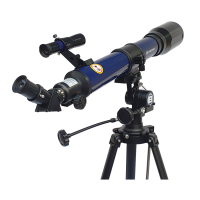
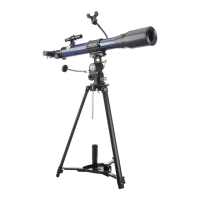

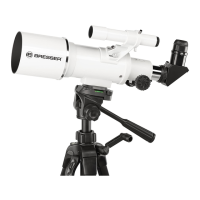
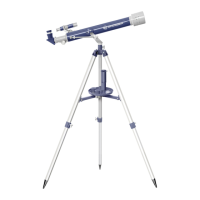




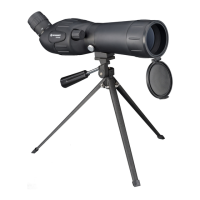

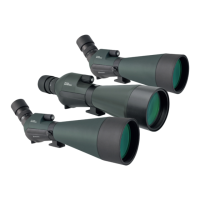
